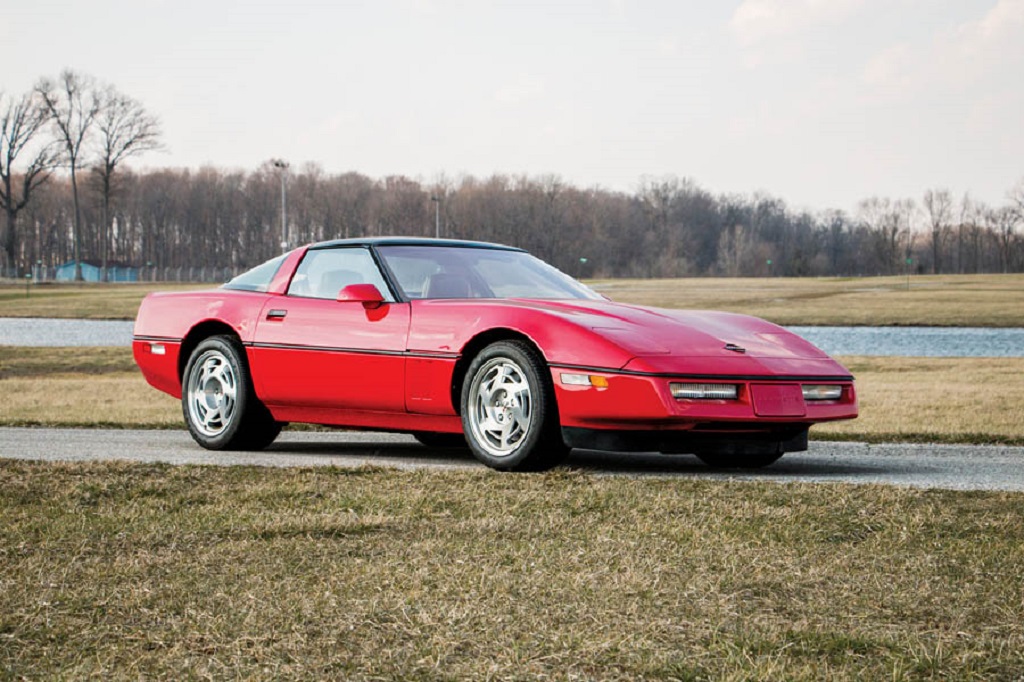09 Aug What 1990s Cars Will Be Classics? The Timeless Icons
Are you a car enthusiast with a penchant for nostalgia? The 1990s ushered in an era of automotive innovation, with numerous models making their mark on the industry. Fast-forward to today, and the question arises: which 1990s cars will earn the coveted title of “classic”? Join us as we delve into the realm of automotive timelessness, exploring the standout contenders from that iconic era. This content is brought to you by Autonags.com.
The Unmistakable Charm of the 1990s Cars
The 1990s marked a period of transition and creativity in the automotive world. Manufacturers were experimenting with designs, technologies, and performance enhancements. These elements combined to give birth to several potential classics, including:
1. Mazda MX-5 Miata: Rekindling the Love for Convertibles
The Mazda MX-5 Miata, introduced in 1989 and continuing its legacy through the 1990s, captivated drivers with its lightweight design and perfect balance. Its timeless roadster appeal and thrilling driving experience could cement its place as a future classic amongst other classic 90s cars.
2. Toyota Supra MK IV: The Sportscar Legend
With its iconic 2JZ engine and stunning aerodynamics, the Toyota Supra MK IV became a symbol of power and style. Car enthusiasts worldwide still admire its performance potential and modding capabilities.
3. Acura NSX: The Everyday Supercar
The Acura NSX demonstrated that supercars could be reliable for daily driving. Its mid-engine marvel and futuristic design were truly ahead of their time, making it a strong contender for classic status.

4. Chevrolet Corvette C4 ZR-1: Bridging Speed and Luxury
The Corvette C4 ZR-1 combined raw power with refined luxury. Its impressive top speed and advanced features showcased Chevrolet’s dedication to pushing the boundaries.
Preserving the Legacy: Factors Influencing Classic Status
Several factors contribute to a car’s journey towards becoming a classic:
1. Rarity and Production Numbers
Limited production runs often elevate a car’s desirability. The rarer a model, the more likely it is to become sought-after by collectors.
2. Cultural Impact and Significance
Cars that symbolize an era or introduce groundbreaking technologies tend to stand the test of time. Their impact on culture and the automotive landscape plays a pivotal role in their classic status.
3. Design and Styling
Innovative design and timeless aesthetics can secure a car’s place in the annals of automotive history. Cars that maintain their visual appeal even decades later are prime candidates for classic recognition.
Predicting the Future: What Makes a Classic Car
While it’s challenging to definitively predict which 1990s cars will become classics, a blend of rarity, innovation, and cultural significance often paves the way. As time marches on, we may witness the rise of new classics that capture the hearts of future generations. And if you’re a proud owner of one of these potential future classics, it’s also important to take care of your vehicle. If you’re dealing with automotive issues, such as the annoying fix sloshing sound in your car, addressing them promptly can help preserve the value and enjoyment of your cherished ride.
FAQs About Classic Cars
Q1: What defines a car as a classic?
A1: Classic cars are typically older vehicles with enduring value due to their design, engineering, or cultural significance.
Q2: Are all limited-production cars considered classics?
A2: Not necessarily. Limited production can contribute to a car’s desirability, but other factors like impact and innovation also play a vital role.
Q3: Can I modify a classic car without affecting its value?
A3: While some modifications can enhance value, purists often prefer unaltered classics. Careful consideration is crucial.
Q4: Will electric cars from the 1990s be considered classics?
A4: The emergence of electric cars in the 1990s is a noteworthy milestone, but classic status might depend on their impact and rarity.
Q5: How can I start collecting classic cars?
A5: Begin by researching classic car shows, auctions, and connecting with seasoned collectors. Learning about different models is key.
In conclusion, the 1990s provided us with a treasure trove of automotive marvels, each with its unique charm and potential for classic status. While time will ultimately decide which cars earn the coveted classic title, the Mazda MX-5 Miata, Toyota Supra MK IV, Acura NSX, and Chevrolet Corvette C4 ZR-1 are undeniably strong contenders. As enthusiasts and collectors alike await the verdict, these cars continue to evoke fond memories and inspire generations to come.

No Comments